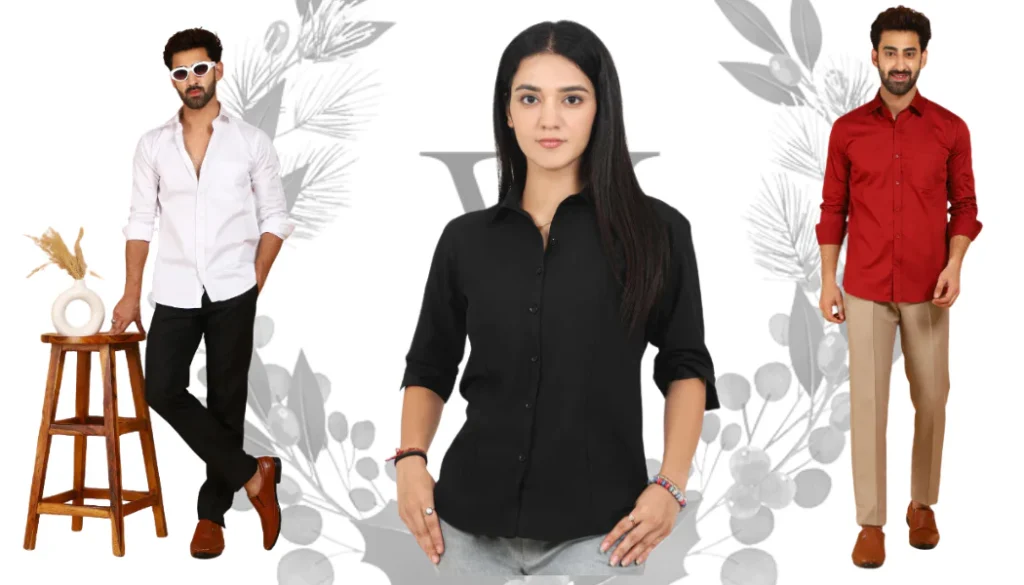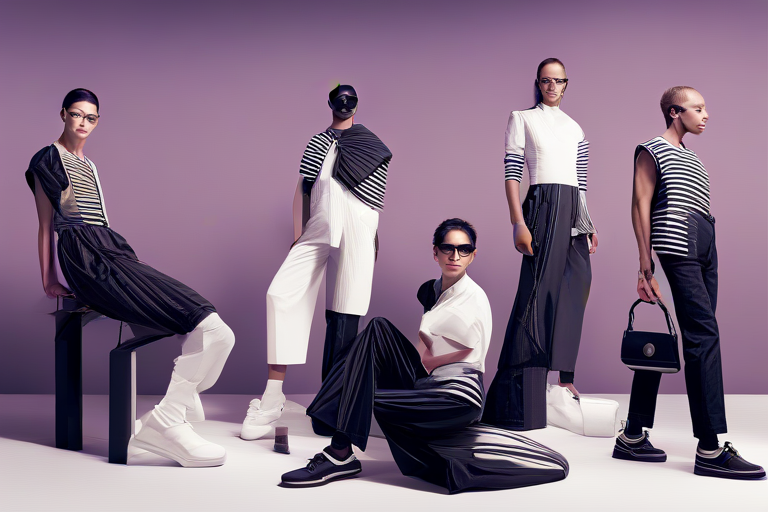Fashion is an ever-evolving art form that allows individuals to express themselves through their clothing choices. While both men and women have the freedom to experiment with style, there are distinct differences in how each gender approaches fashion. Understanding these differences can help individuals enhance their personal style and make informed fashion choices.
Key Differences in Fashion Tips:
1. Fit and Silhouette:
- Men: Emphasize structured fits that highlight masculine proportions, such as tailored suits and straight-leg trousers.
- Women: Often opt for more varied silhouettes, from form-fitting dresses to flowing skirts, emphasizing curves and fluidity. (Explore more about men’s fit and silhouette and women’s fit and silhouette.)
2. Color and Pattern Choices:
- Men: Tend towards muted colors and classic patterns like stripes or checks, with occasional pops of color in accessories.
- Women: Embrace a wider spectrum of colors and patterns, from bold prints to pastels, allowing for greater expression and versatility. (Discover stylish color choices for men and women’s fashion color trends.)
3. Accessories and Detailing:
- Men: Focus on minimalist accessories like watches and ties, with attention to subtle detailing in stitching or fabric texture.
- Women: Experiment with statement jewelry, scarves, and handbags that add flair and personality to their outfits, often featuring intricate embellishments. (Learn more about essential men’s accessories and women’s accessory trends.)
4. Occasion-Specific Dressing:
- Men: Follow traditional norms for formal occasions with suits or business attire, while opting for casual wear like jeans and polo shirts for everyday settings.
- Women: Navigate a broader spectrum of attire, ranging from formal gowns to chic casual wear, adapting their style to the specific event and personal preference. (Read about men’s formal wear guidelines and women’s occasion-specific dressing tips.)
Conclusion
While fashion tips for both men and women share common principles of self-expression and confidence, the differences lie in how each gender interprets and applies these principles. By understanding these distinctions, individuals can tailor their fashion choices to reflect their unique personalities while staying true to their preferred style aesthetics.







